Buying Knife Sheaths: A Guide To Choosing
The Perfect Protector For Your Culinary Companions
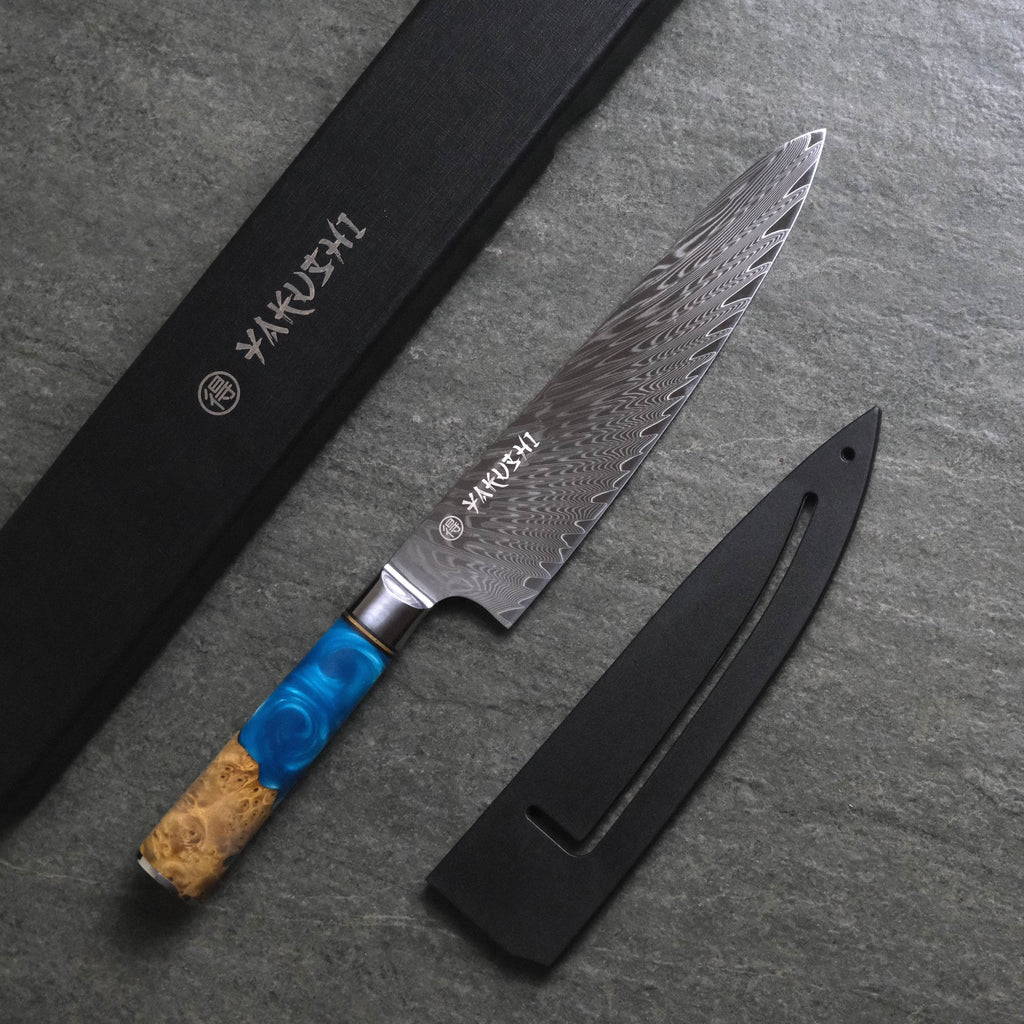
Types of Knife Sheaths
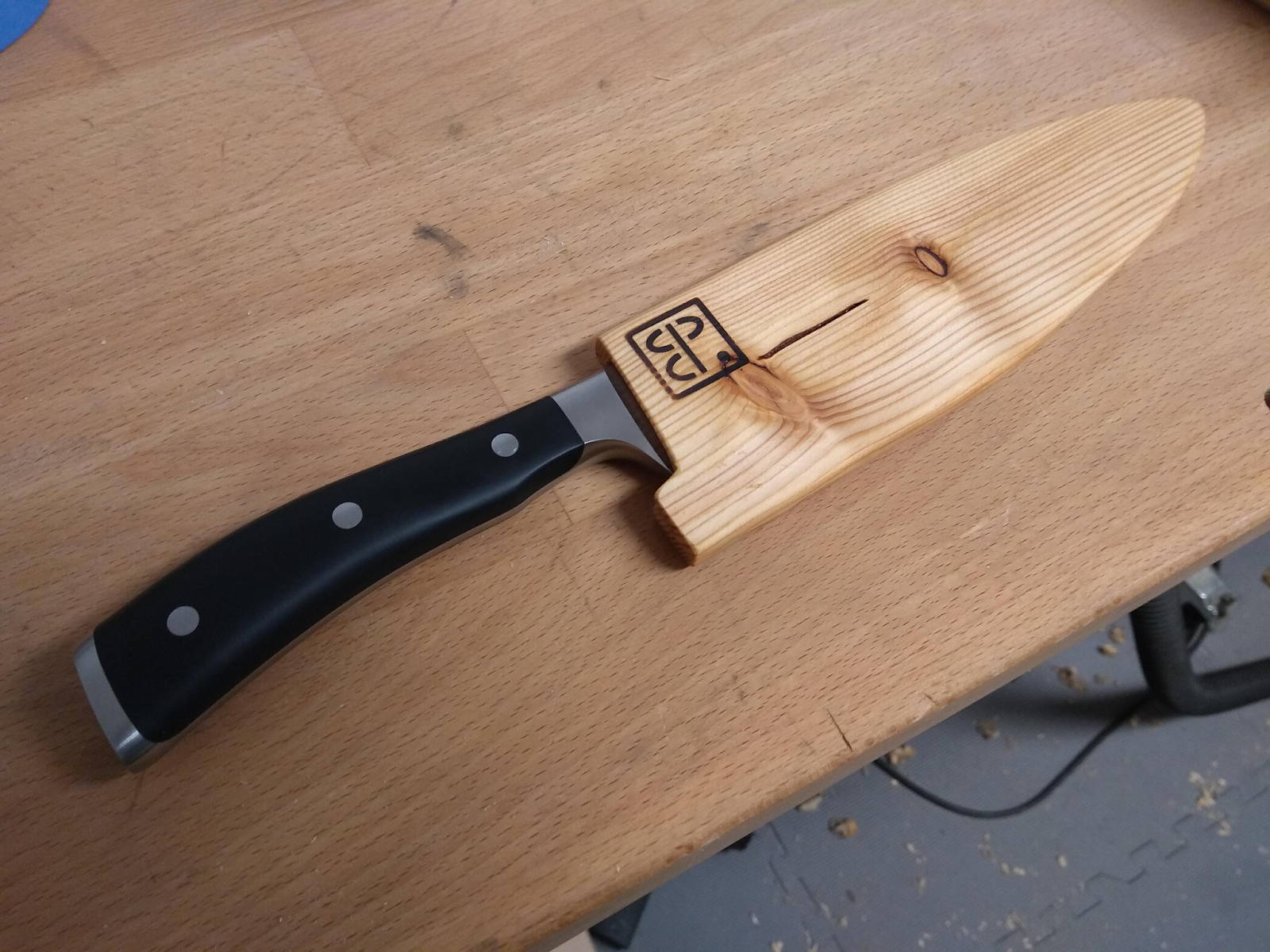
Plastic Sheaths
Nylon Sheaths
Leather Sheaths
Wooden Sheaths
Magnetic Sheaths
Silicone Sheaths
Fabric Sheaths
Kydex Knife Sheaths
Care Tips for Kitchen Knife Sheaths
Cleaning and Conditioning
- Use a damp cloth with mild soap to gently wipe the surface of the sheath.
- Avoid soaking it in water and using harsh chemicals or solvents, as it can damage the material.
- Use a high-quality conditioner, and Condition the sheaths periodically to maintain their suppleness and prevent drying and cracking.
- Avoid using gritty cleaners or scouring pads that can scratch the surface of the sheath.

Drying and Moisture Control
- After cleaning, allow the leather sheath to air dry completely, as excessive moisture or humidity can promote mold and mildew growth.
Avoiding Abrasive Surfaces:
- Leather sheaths can be scratched or damaged when in contact with rough or abrasive surfaces.
- Store the sheath away from rough surfaces to prevent unnecessary wear and tear.
Reshaping and Retention:
- Use Heat Treatment, techniques, or Forming tools to reshape the sheath as required.
- Inspect the sheath regularly to ensure that the knife is securely held in place, and adjust the retention screws or hardware as needed to maintain a snug fit.
UV Protection and Storage:
- Store the sheath in a cool, dry place away from direct sunlight to prevent fading and deterioration.
- Consider using UV protectants or coatings specifically designed for such materials to prolong the lifespan of the sheath.
Avoid Heat and Flame:
- Some sheath materials are susceptible to melting or deforming when exposed to high heat or flames.
- To prevent accidental damage, keep the sheath away from heat sources such as stoves, campfires, or heaters.
Lubrication and Maintenance:
- Apply a small amount of silicone lubricant or wax to the retention mechanism or pivot points to ensure smooth operation and prevent binding or sticking.
- Inspect the stitching and seams regularly for any signs of wear or loosening.
- Repair any minor damages promptly to prevent further deterioration.

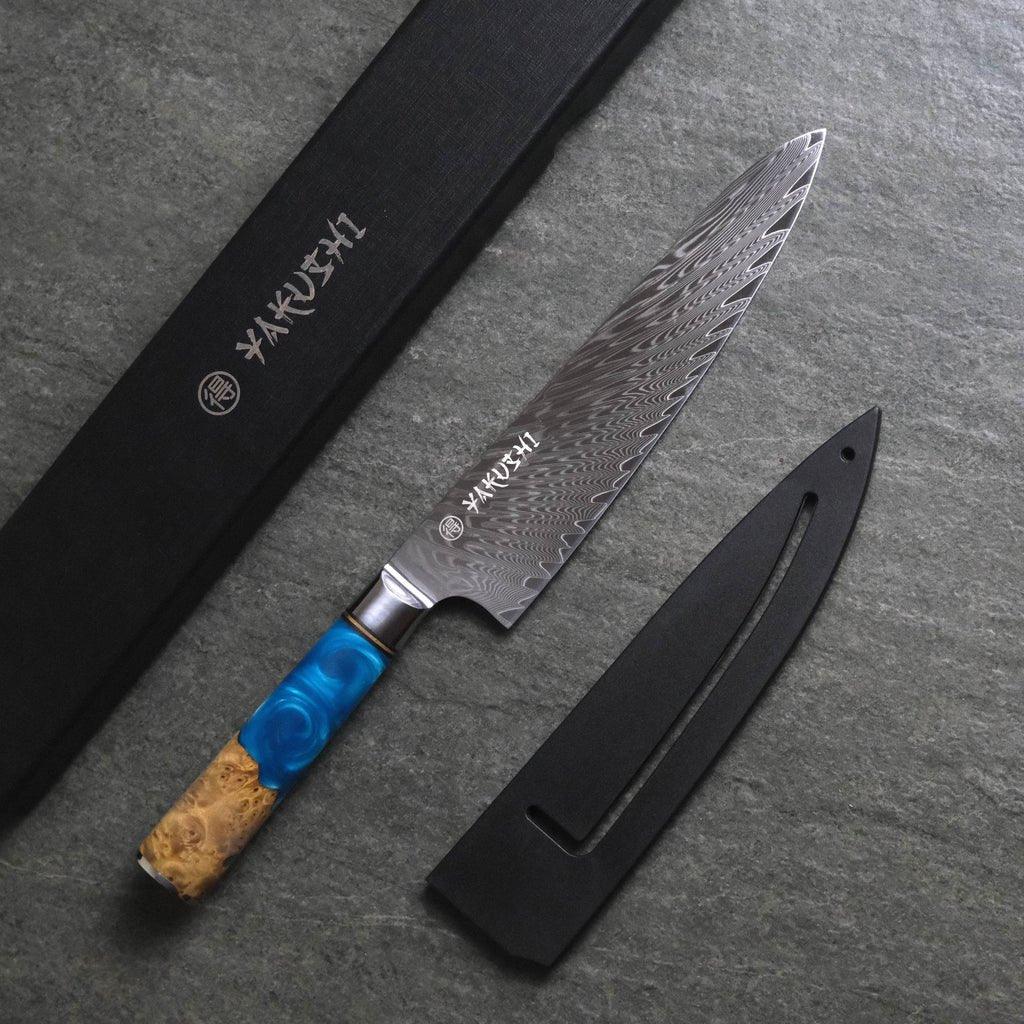
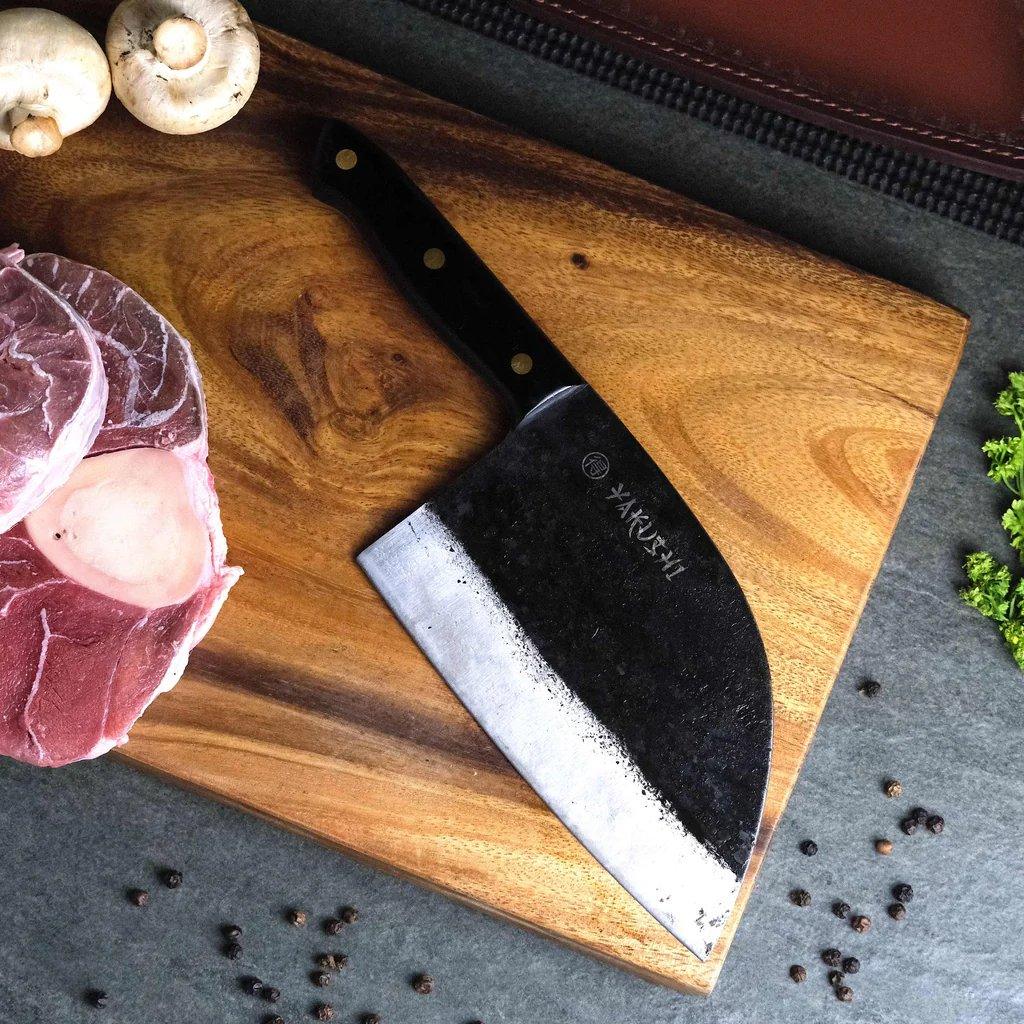
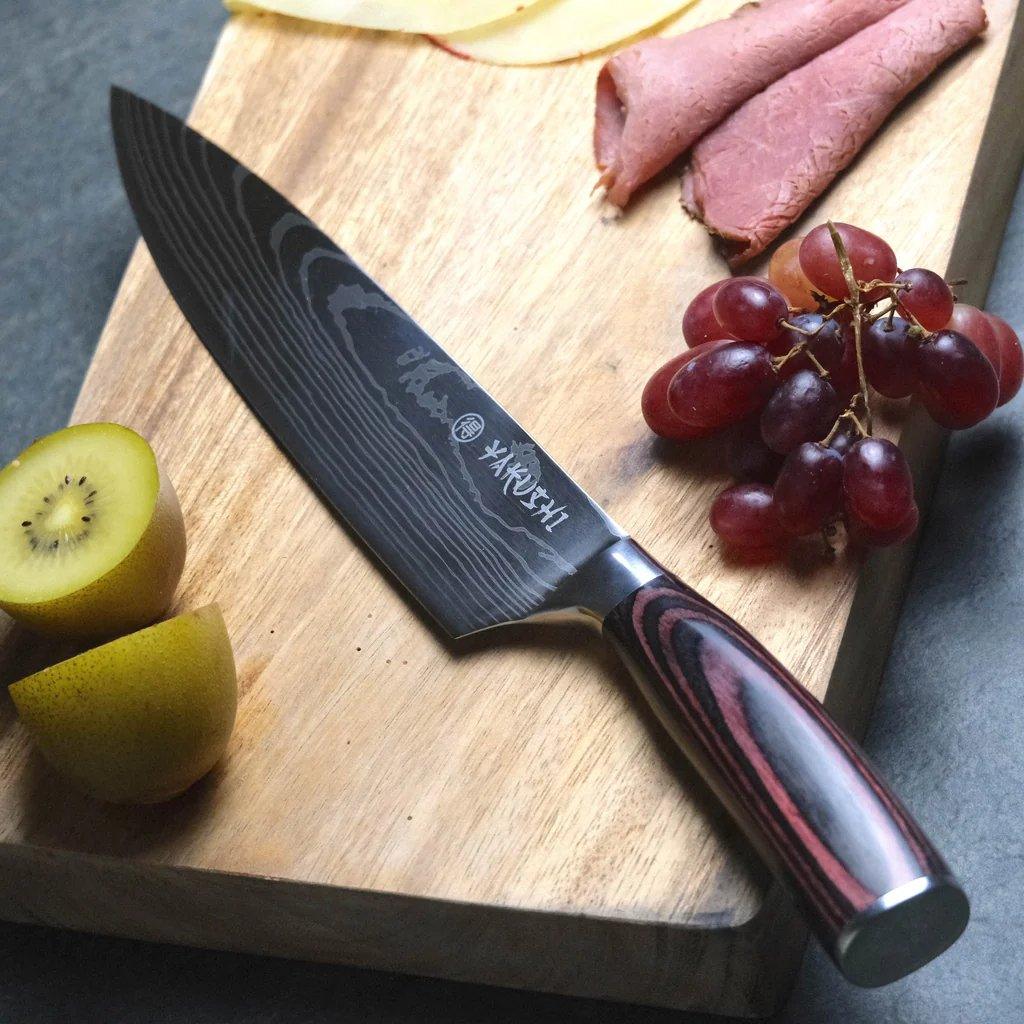
Leave a comment
This site is protected by hCaptcha and the hCaptcha Privacy Policy and Terms of Service apply.